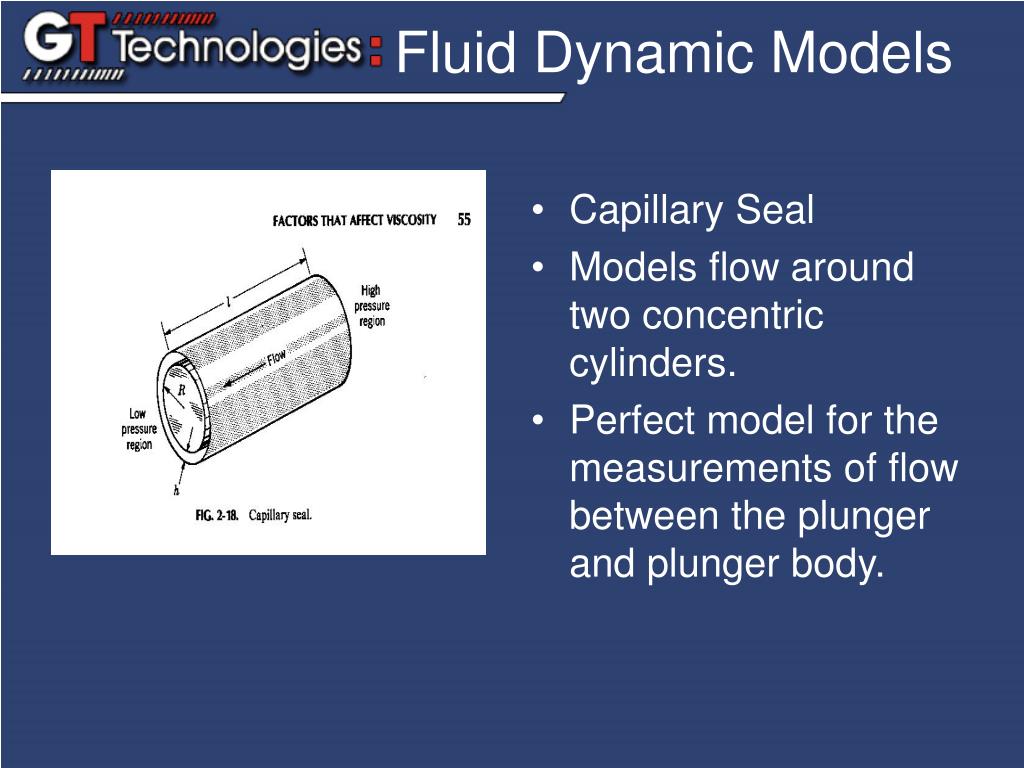


This combination meant that the stream channel downstream of the diversion dam had dropped 3-4 feet over the last 15 years, velocities had increased on the stilling basin apron with the reduced tailwater, and the sediment load causing abrasion on the face of the structure had increased. A hydraulically steep system meant that a change from ephemeral tributaries to annual base flow also increased the sediment load as the upstream reaches eroded. Growing urbanization had increased not only the frequency of discharges, but also increased the base flow. Located in a sand bed stream system downstream of what has been a rapidly developing urban area for the last several decades, the dam’s issues were compounded by several things happening in the stream system around it. In fluid mechanics, (at least) three types of models are distinguished: mathematical, computer and physical models. In one recent case, stream hydrology and geomorphology had changed around a low head diversion dam. His experience is founded on a solid understanding of hydrologic modeling, 1- and 2-dimensional hydraulic modeling, in-stream hydraulic structures, scour protection measures, culvert and bridge hydraulics, and the regulatory environment for stormwater projects. Matthew Hickox, PE, brings civil engineering expertise in stormwater and river design, planning, and construction phase services.


 0 kommentar(er)
0 kommentar(er)
